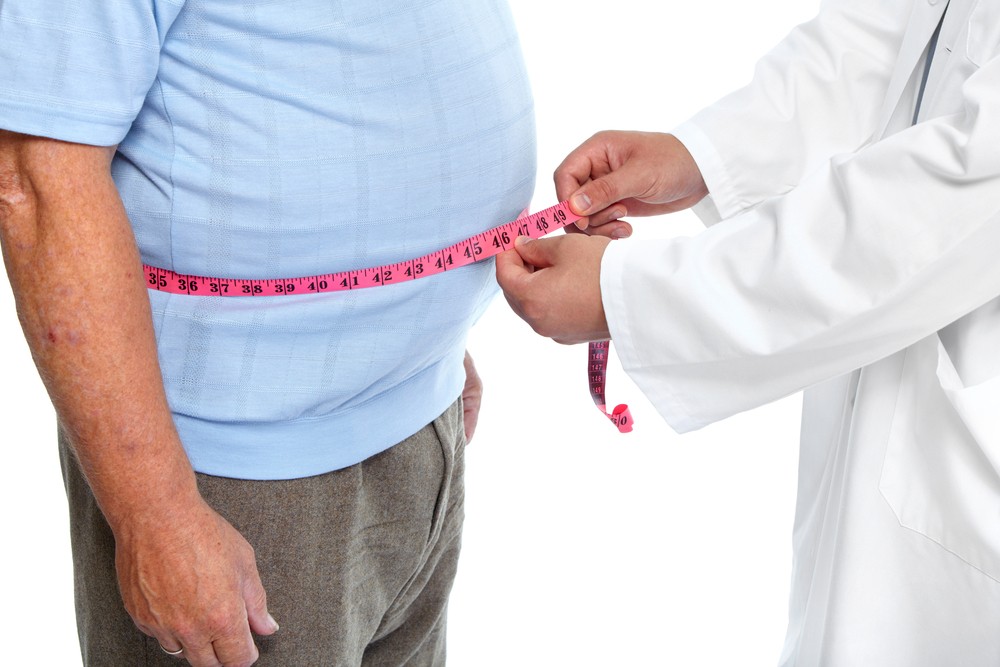Popular Reads
Top Results
Can't find what you're looking for?
View all search resultsPopular Reads
Top Results
Can't find what you're looking for?
View all search resultsObesity vs distended belly. Which one is more dangerous?
Change text size
Gift Premium Articles
to Anyone
O
besity and central obesity are conditions caused by fat accumulation. However, both are different concepts with different health risks. Which one is more lethal?
The basic difference between obesity and central obesity.
Obesity is a condition of over-accumulated fat that is not in proportion to one’s body height. The concept of measuring obesity refers to the value of Body Mass Index (BMI); a result of body weight (kg) divided by body height in square meters (m2). The Indonesian BMI value standard that indicates obesity is when the BMI value exceeds 27.0 kg/m2. However, this measurement depends on one’s height, and cannot differentiate between muscle mass and body fat mass.
Central obesity is a condition where fats are accumulated around the abdominal area (stomach), known as a distended belly. The measurement method for central obesity is by using the abdominal circumference (measured right under the last joint of rib and above the belly button).
A person is considered normal when the abdominal circumference is less than 90 cm for males, and 80 cm for females. Central obesity can also be measured by the abdominal to pelvic circumference ratio. If the abdominal circumference is wider than the pelvic circumference, it can be ascertained that the individual is having central obesity, commonly known as 'beer belly.'
Do all individuals who are obese also have central obesity? Not necessarily, and vice versa. An individual who is overweight may have fat stored evenly all over the body without accumulating an excess of fat in the abdominal area. Oppositely, people with distended belly may only have fats stored in the abdominal area.
Causes of central obesity
Obesity and central obesity are caused by accumulated fats due to over-consumption of carbohydrates, cholesterol and fats followed by minimal to no physical exercise. Distended belly is usually triggered by alcohol consumption, and this is where the phrase 'beer belly' originated from.
This is proven by a study by Schroder where people who consumed alcohol have a 1.8 times higher chance of getting central obesity compared to those who are non-drinkers. Alcohol can increase unnecessary glucose intake as well.
Central obesity risks compared to regular obesity
The worst case scenario for an overweight individual with obesity includes the increase of degenerative diseases due to imbalances in blood pressure, insulin secretion and HDL & LDL cholesterol levels. Of course, these serious symptoms will not appear directly, but they will slowly progress and worsen as the individual ages over time. Meanwhile, the effects on individuals who are centrally obese are likely sooner to appear. (asw)











